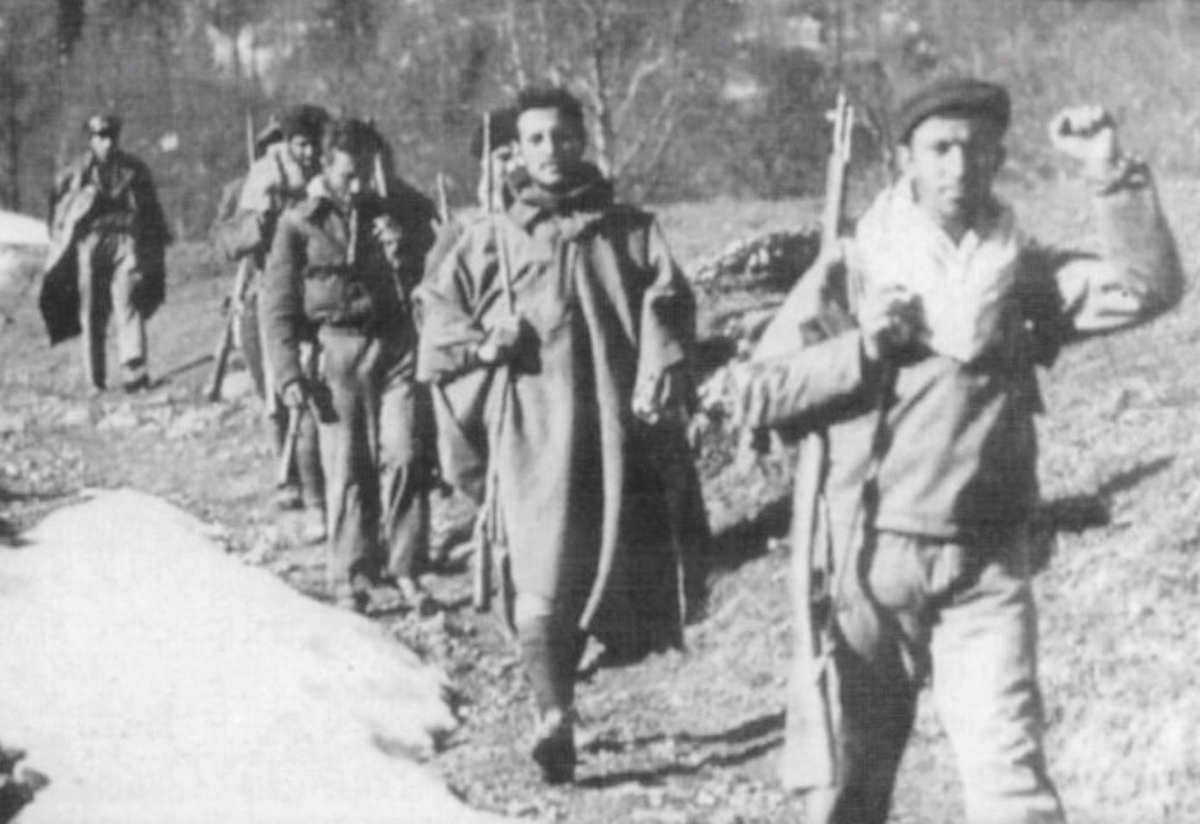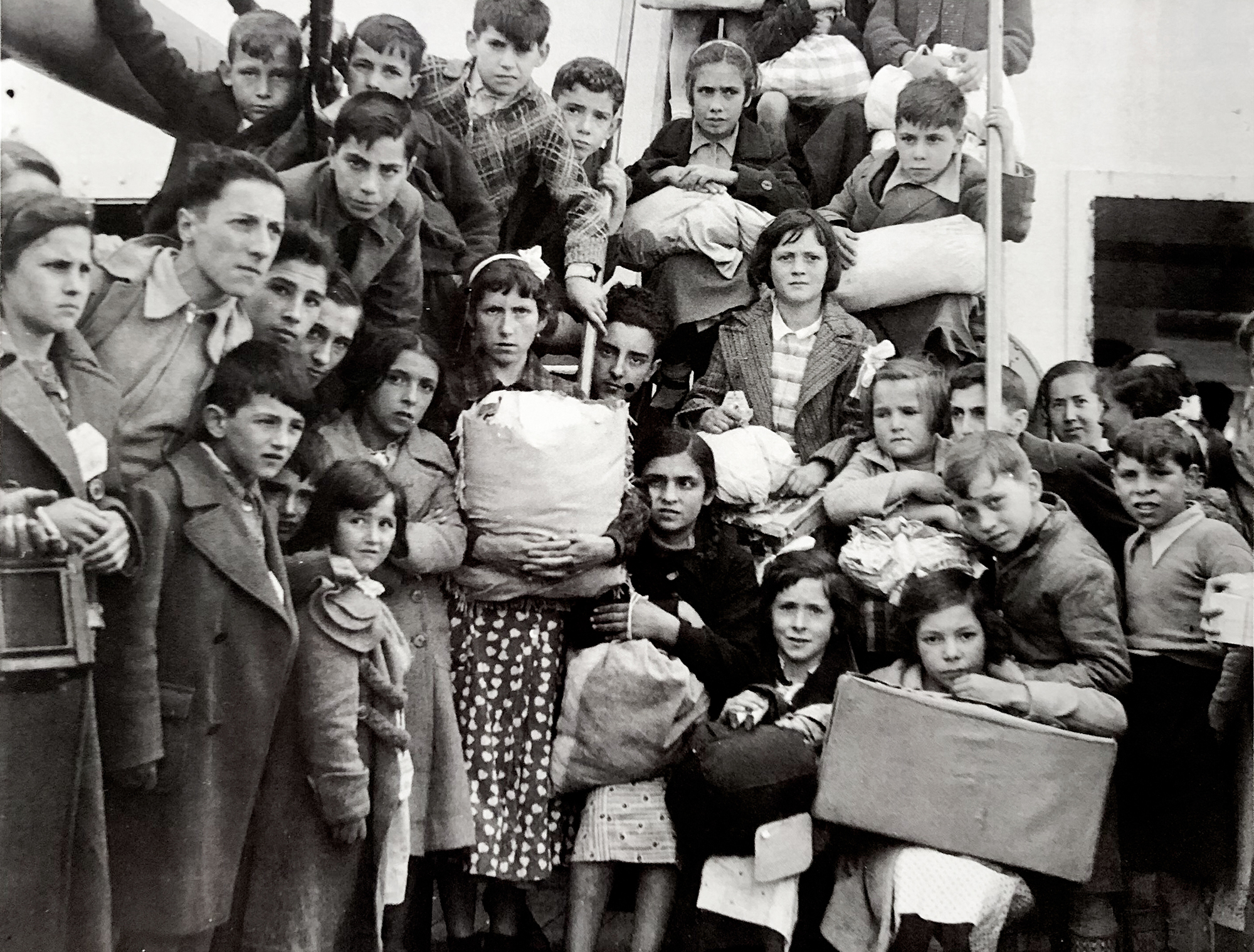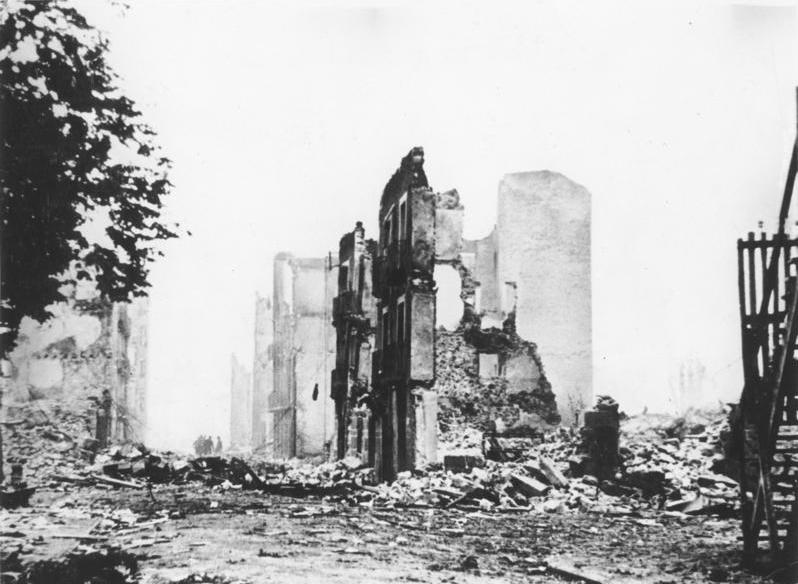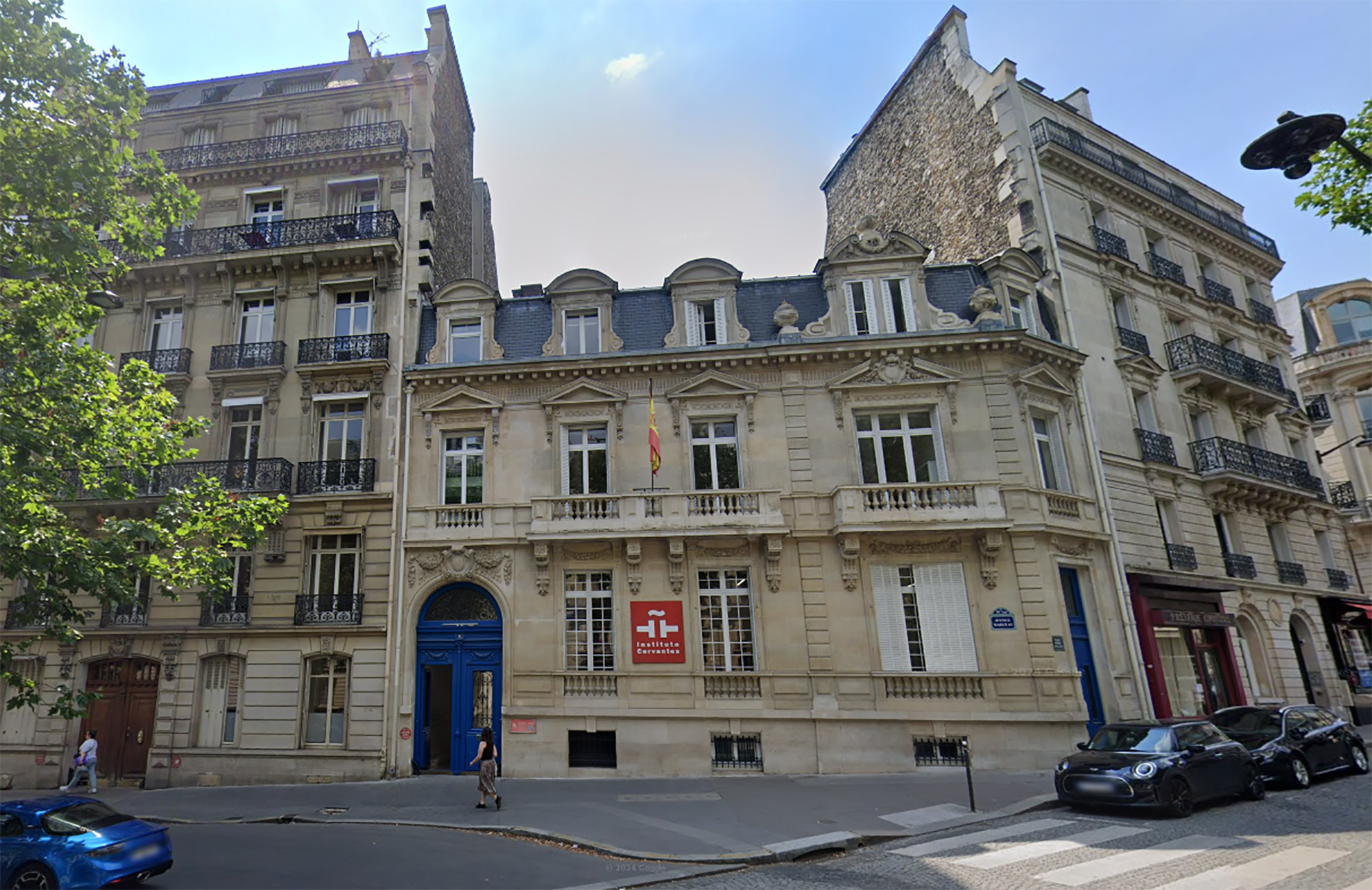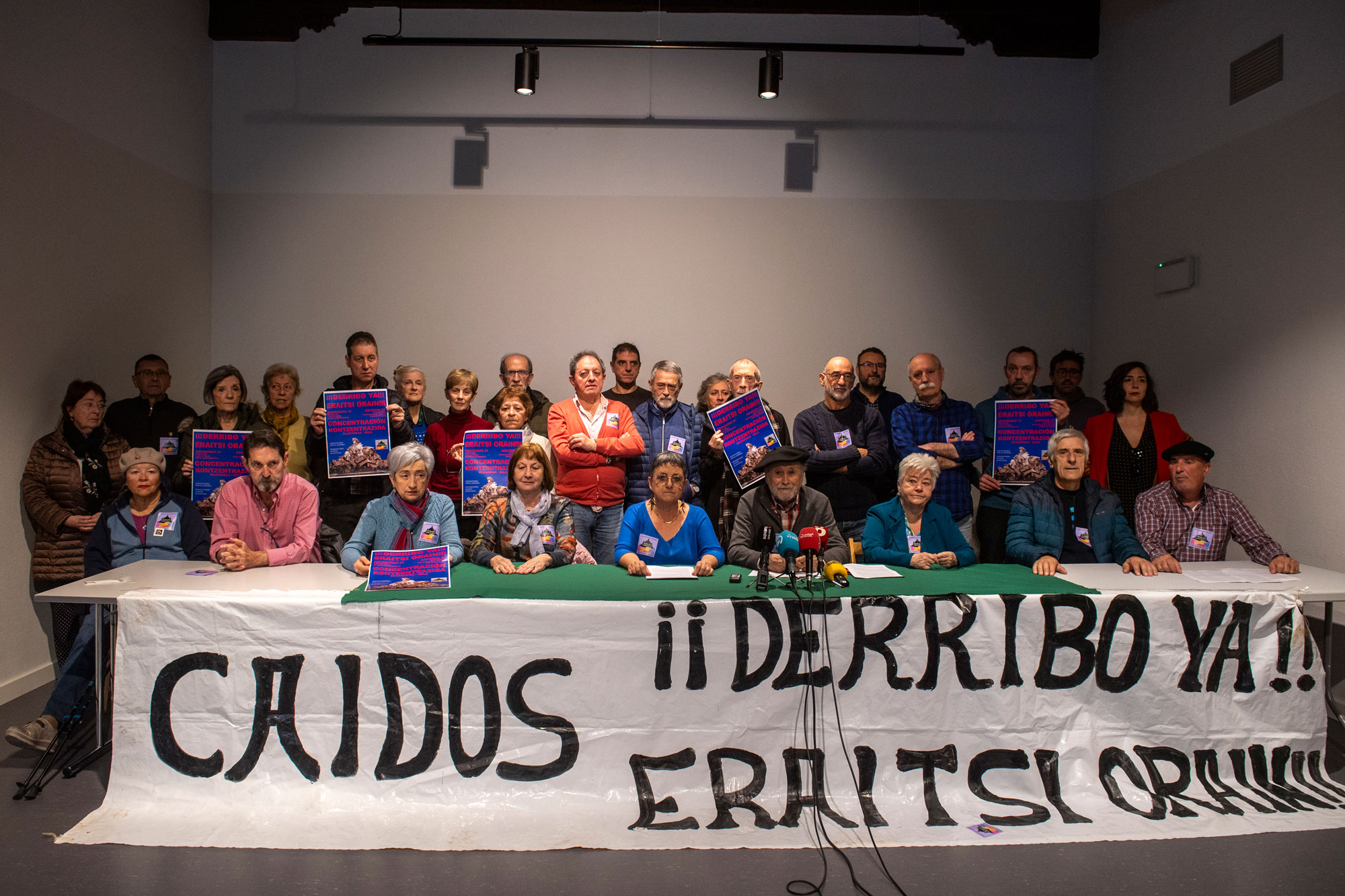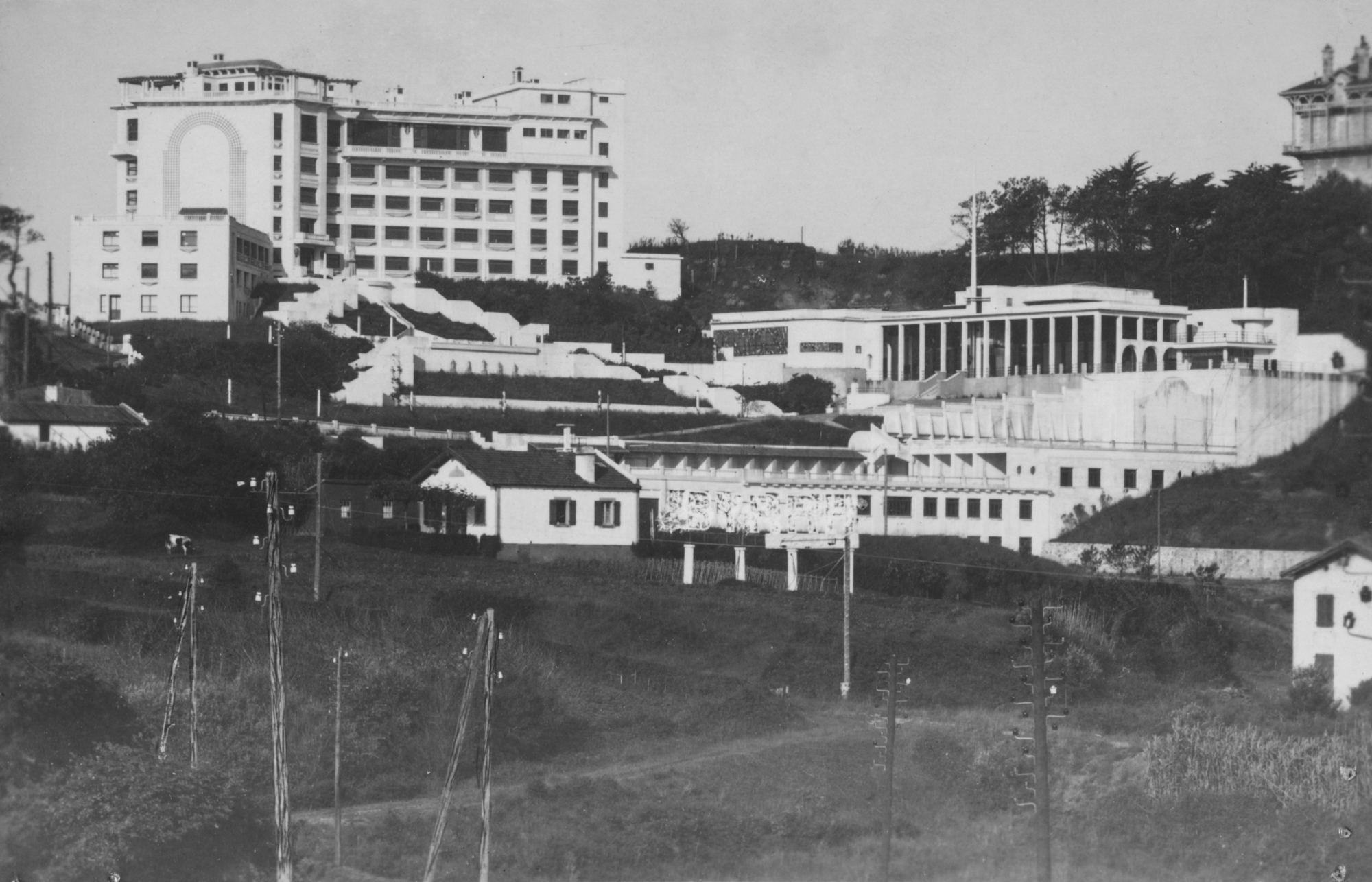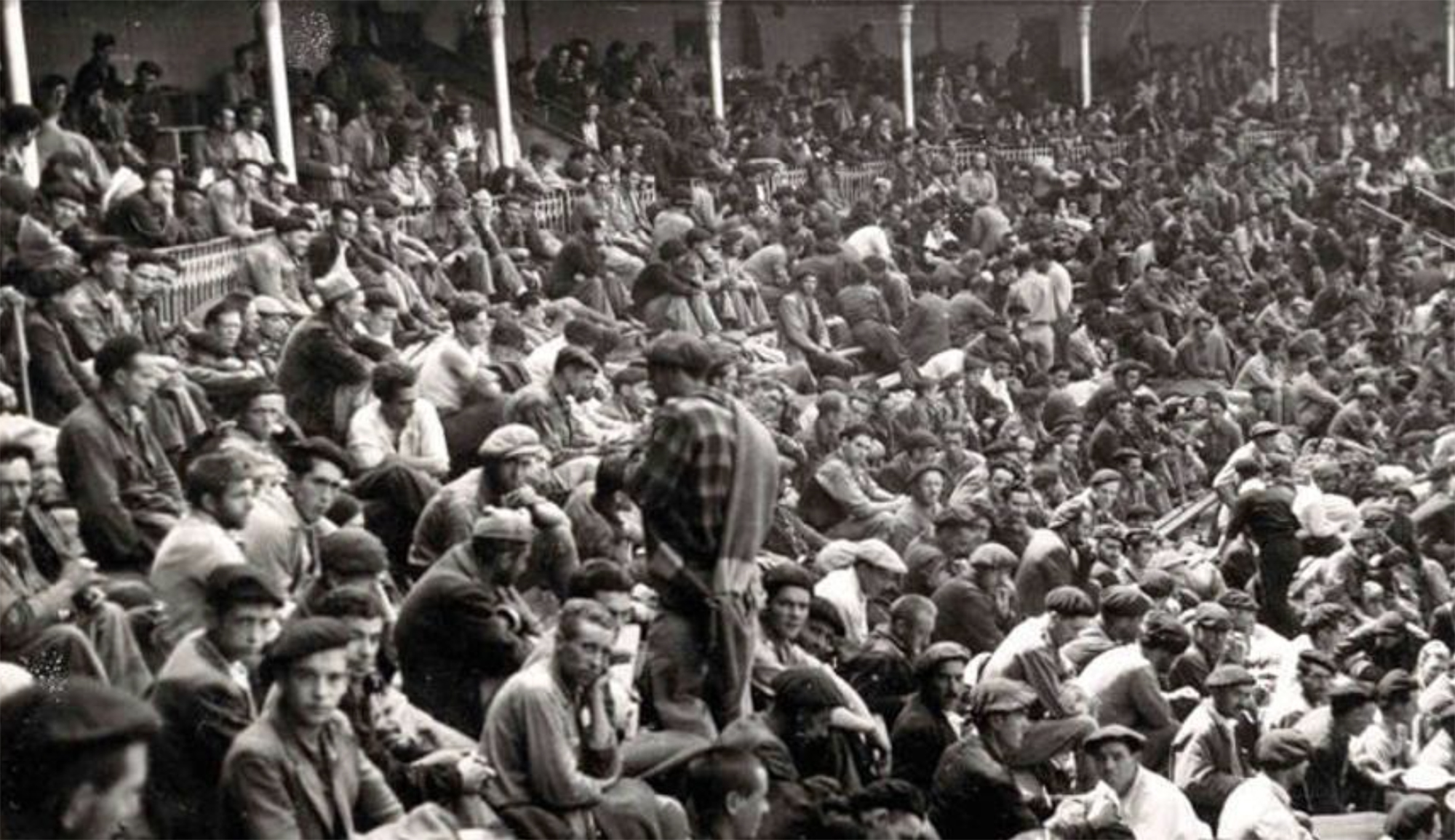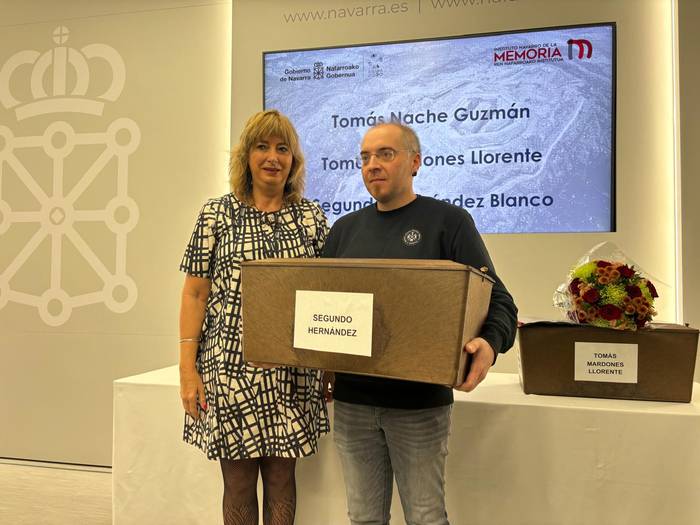They give the family the remains of Republican Deputy Manuel Azcona, killed in 1936
- Maria Jesús Fuerte, Nieta de Azcona, was in charge of collecting the mortal remains at an event held this Saturday in the Deputation. It is recalled that between 1936 and 1945 376 people were executed, of whom 299 were executed without trial.

The mortal remains of Manuel Azcona, a member of the Provincial Board of Álava in 1936, have been handed over to the family in Vitoria-Gasteiz. Born in 1891 in Villafranca (Navarra), Azcona was elected a deputy by Amurrio, but after the military uprising he was arrested, disappeared, shot and thrown into a mass grave, according to Irekia. The event held at the seat of the Provincial Council of Álava has been chaired by the Minister of Justice and Human Rights, María Jesús San José, and the Deputy General of the Provincial Council of Álava, Ramiro González. San José has qualified as a “very special” day, a day in which “one more step” has been taken in the construction of historical memory and the “unity between justice and memory”. The counsellor recalled that thousands of people were arrested, tortured and shot, and 376 people were executed between 1936 and 1945, of whom 299 were convicted without trial.
Azcona's granddaughter, Maria Jesús Fuerte, has collected the victim's mortal remains with her children. The family has received the recovery and identification report of Azcona and a miniature replica of the sculpture “Dignity” – sculpture of Iñigo Arrangi and symbol of the Columbarios of Elgoibar and Orduña. In addition to Modesto Manuel Azcona Goicoechea, San José has recalled Casto Guzmán Castro, Teodoro Olarte Aizpuru, Ricardo Ibáñez Hidalgo and Benedicto Luna López, who were to be taken to Pamplona, and who appeared the same day along a road from Miranda de Ebro in Bayas. The mayor ordered the murders to be buried in the cemetery of the same town.
Manuel Azcona was married to Felisa Errigible and had two children. The gunman's wife was Amurrio's teacher, but after the military uprising she was removed and exiled to England with her two children.
Long and difficult process
After the 1936 war, of the five people who appeared dead in Miranda de Ebro, only the family of Olarte managed to exhume the remains of the Bayas cemetery and was buried in the cemetery of Santa Isabel de Vitoria. The rest of the families were unaware of what had happened to their loved ones, according to Irekia.
In 2019, thanks to the impetus of the City of Miranda de Ebro, the Society of Sciences Aranzadi managed to exhume the remains, but the compared DNA samples did not turn out to be positive. But after Gogora asked the family for other DNA samples, they were able to identify the remains of Azcona. Along the same lines, they have pointed out that Gogora continues to work to genetically identify the remaining victims and deliver the remains to families.
Call for unity and respect
Councillor San José, during the act of the Member murdered for “defending and representing Alavesa society”, stressed the importance of a society that takes into account “coexistence” and “respect”. The counselor has asked that the "creed" be "a citizenship that does not take into account the language that each one expresses, the ideas that each person, race, sex or gender stands for."
San José explains his vision of the world today and highlights the work of Azcona: "At this time when the shadow of hatred, exclusion, xenophobia are sweeping through our continent, when war is back on the doors of Europe today more than ever, I would like to reclaim the values of civic Republicanism that Manuel Azcona defended with his life."
Iazko uztailean, ARGIAren 2.880. zenbakiko orrialdeotan genuen Bego Ariznabarreta Orbea. Bere aitaren gudaritzaz ari zen, eta 1936ko Gerra Zibilean lagun egindako Aking Chan, Xangai brigadista txinatarraz ere mintzatu zitzaigun. Oraindik orain, berriz, Gasteizen hartu ditu... [+]
Gogora Institutuak 1936ko Gerrako biktimen inguruan egindako txostenean "erreketeak, falangistak, Kondor Legioko hegazkinlari alemaniar naziak eta faxista italiarrak" ageri direla salatu du Intxorta 1937 elkarteak, eta izen horiek kentzeko eskatu du. Maria Jesus San Jose... [+]
1936ko Gerran milaka haurrek Euskal Herria utzi behar izan zuten faxisten bonbetatik ihes egiteko. Frantzia, Katalunia, Belgika, Erresuma Batua, Sobietar Batasuna eta Amerikako herrialdeetara joandako horien historia jasotzeko zeregin erraldoiari ekin dio Intxorta 1937... [+]
Ezpatak, labanak, kaskoak, fusilak, pistolak, kanoiak, munizioak, lehergailuak, uniformeak, armadurak, ezkutuak, babesak, zaldunak, hegazkinak eta tankeak. Han eta hemen, bada jende klase bat historia militarrarekin liluratuta dagoena. Gehien-gehienak, historia-zaleak izaten... [+]
Pamplona, 1939. At the beginning of the year, the bullring in the city was used as a concentration camp by the Francoists. It was officially capable of 3,000 prisoners of war, at a time when there was no front in Navarre, so those locked up there should be regarded as prisoners... [+]
Segundo Hernandez preso anarkistaren senide Lander Garciak hunkituta hitz egin du, Ezkabatik ihes egindako gasteiztarraren gorpuzkinak jasotzerako orduan. Nafarroako Gobernuak egindako urratsa eskertuta, hamarkada luzetan pairatutako isiltasuna salatu du ekitaldian.








